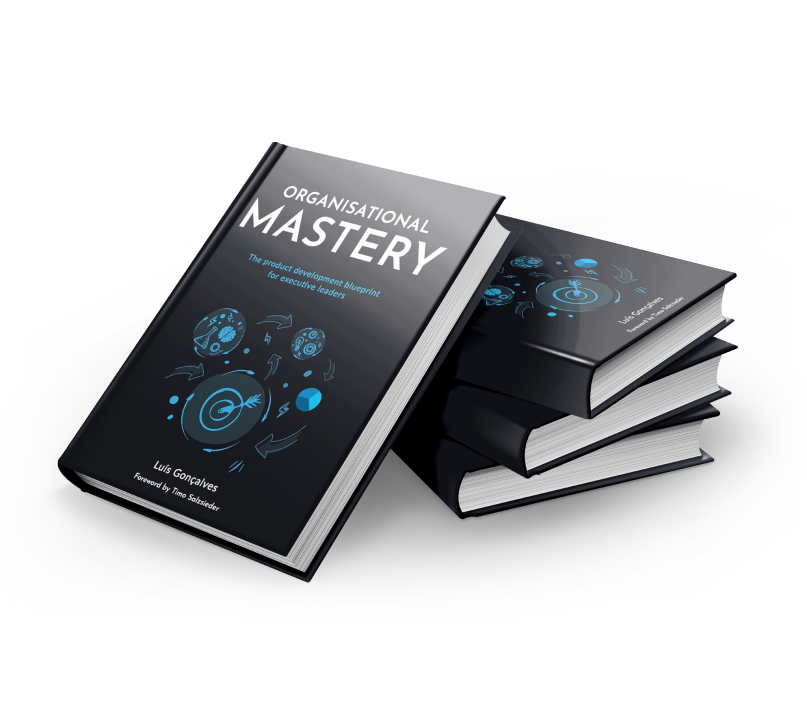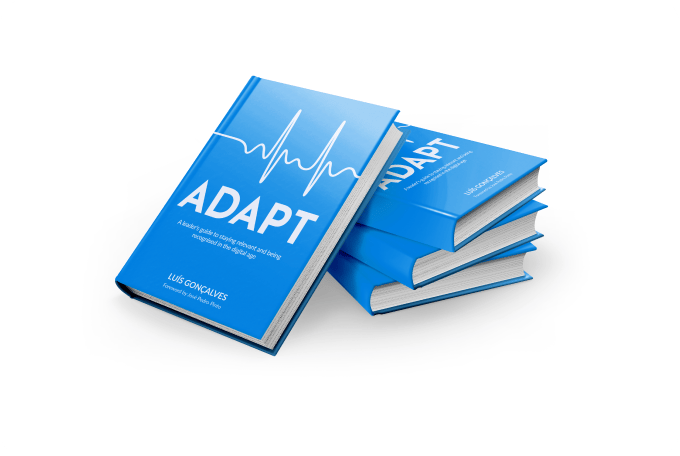Share this
Best Practices for OKR Success
by Luis Gonçalves on Jun 16, 2024 2:29:06 AM

Objective and Key Results (OKRs) is a powerful goal-setting framework that helps organizations establish, communicate, and track strategic objectives and measurable key results. Originating at Intel and popularized by Google, OKRs have become an essential tool for many companies to achieve success.
In this article, we'll discuss best practices for OKR success, from setting effective OKRs to monitoring progress and adapting to changes.
Setting Effective OKRs
Setting Clear Objectives
Objectives should be clear, inspiring, and actionable. They should define what the organization or team wants to achieve and provide direction for everyone involved. Keep objectives simple and straightforward, so they are easy to understand and communicate.
Setting Measurable Key Results
Key results should be measurable and quantifiable. They should define how the success of an objective will be assessed, with specific targets and milestones. Make sure key results are realistic, achievable, and challenging to keep teams motivated and focused on continuous improvement.
Aligning with Company Vision
OKRs should align with your company's vision and strategic goals. This alignment ensures that everyone is working towards the same overarching objectives and helps to create a sense of cohesion and unity within the organization.
OKR Planning Process
Defining Timeframes
Set timeframes for achieving your objectives and key results. Common timeframes include quarterly and annual periods. This helps to establish a sense of urgency and provides a clear deadline for achieving targets.
Breaking Down into Smaller Tasks
Break down objectives and key results into smaller tasks and sub-tasks. This makes it easier for teams and individuals to understand what needs to be done and creates a clear roadmap for success.
Establishing Priorities
Prioritize your objectives and key results based on their importance and impact on the overall success of the organization. This helps to focus resources and efforts on the most critical goals.
Collaborative Approach
Involving Team Members
Involve team members in the OKR-setting process to ensure buy-in and commitment. This creates a sense of ownership and increases the likelihood of success.
Regular Check-ins
Schedule regular check-ins to discuss progress, address challenges, and celebrate successes. These meetings provide an opportunity to review and adjust OKRs, ensuring they remain relevant and achievable.
Review and Adjust
Be prepared to review and adjust your OKRs as needed. This flexibility allows your organization to adapt to changes in the business environment and stay on track towards achieving its goals.
Communicating OKRs
Transparency
Promote transparency by sharing OKRs across the organization. This helps to create a shared understanding of objectives and key results, and fosters a sense of accountability and collaboration.
Celebrating Success
Celebrate your team's successes as they achieve their OKRs. Recognizing achievements boosts morale, increases motivation, and fosters a positive work culture.
Addressing Challenges
Be proactive in addressing challenges that may arise during the OKR process. Open communication and collaborative problem-solving can help overcome obstacles and keep the team on track toward success.
Monitoring Progress
Tracking Metrics
Track relevant metrics and key performance indicators (KPIs) to monitor progress towards achieving OKRs. Regularly review this data to identify trends, patterns, and areas for improvement.
Utilizing OKR Tools
Leverage OKR tools and software to facilitate the tracking and management of objectives and key results. These tools can help streamline the OKR process, enhance collaboration, and provide valuable insights for continuous improvement.
Adapting OKRs
Embracing Change
Embrace change and be prepared to adapt your OKRs as needed. This flexibility ensures that your organization can respond to evolving business conditions and stay focused on achieving its strategic goals.
Continuous Improvement
Use the OKR process to drive continuous improvement within your organization. Regularly review and refine your objectives and key results to ensure they remain relevant, challenging, and aligned with your company's vision.
The Importance of OKR Success
Implementing best practices for OKR success can have a profound impact on your organization's performance and growth. By setting clear objectives, collaborating effectively, monitoring progress, and adapting to change, your organization can achieve its strategic goals and create a culture of excellence.
FAQs
1. What is the purpose of OKRs?
OKRs (Objectives and Key Results) help organizations define, communicate, and track their strategic goals, ensuring everyone is working towards the same objectives.
2. How often should OKRs be reviewed and updated?
OKRs should be reviewed regularly, typically during quarterly or annual periods. This allows for adjustments and updates based on progress and changing business conditions.
3. How do you ensure buy-in from team members during the OKR process?
Involving team members in setting OKRs and encouraging open communication helps create a sense of ownership and commitment, increasing the likelihood of success.
4. How do you track progress towards achieving OKRs?
Monitor relevant metrics and KPIs, utilize OKR tools, and schedule regular check-ins to discuss progress, address challenges, and celebrate successes.
5. How can organizations adapt and improve their OKR process?
Organizations can embrace change, regularly review and refine their objectives and key results, and leverage insights from progress monitoring to drive continuous improvement.
Conclusion
In conclusion, OKR success is achievable through effective planning, collaboration, communication, and adaptation. By following the best practices outlined in this article, your organization can maximize the potential of the OKR framework and drive significant improvements in performance and growth.
Did you like this article?
We enable leaders to become highly valued and recognized to make an impact on the World by helping them to design Digital Product Companies that will thrive and nourish in the Digital Age, we do this by applying our own ADAPT Methodology®.
Share this
- Agile Methodologies (18)
- Product Strategy (18)
- OKRs (16)
- Scrum (16)
- Product Mindset (14)
- Project To Product (10)
- Agile Retrospectives (9)
- CoPs (9)
- Knowledge Sharing (9)
- Time To Market (8)
- Product Discovery (7)
- Continuous Improvement (5)
- Strategy (5)
- Scrum Master (4)
- Content Marketing Strategy (3)
- Product Owner (3)
- Technical Excellency (3)
- Digital Transformation (2)
- Innovation (2)
- Scaling (2)
- Team Building (2)
- Business Model (1)
- Cost Of Delay (1)
- Customer Feedback (1)
- Customer Journey (1)
- Customer Personas (1)
- Design Thinking (1)
- Digital Leadership (1)
- Digital Product Tools (1)
- Go To Market Strategy (1)
- Google Design Sprint (1)
- Lean Budgeting (1)
- Lean Change Management (1)
- Market Solution Fit (1)
- Organisational Impediments (1)
- Outsourcing (1)
- Product (1)
- Product Metrics (1)
- Product Roadmaps (1)

Organisational Mastery
Get your free copy

ADAPT
Get your free copy

Product First
Get your free copy
